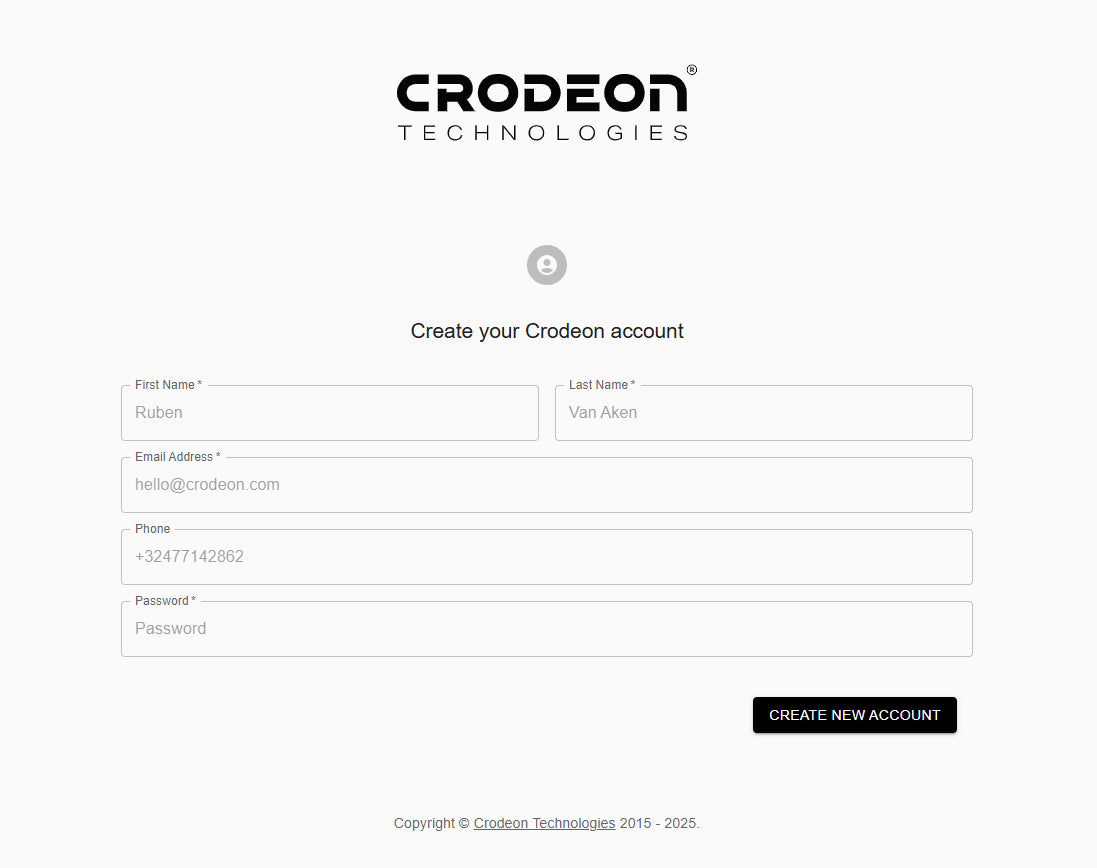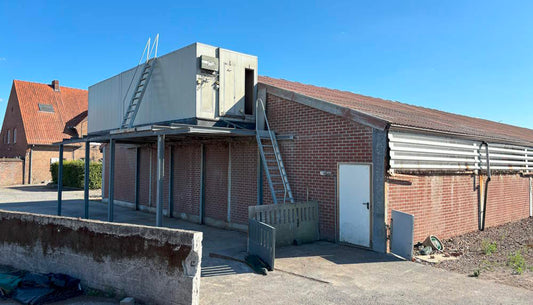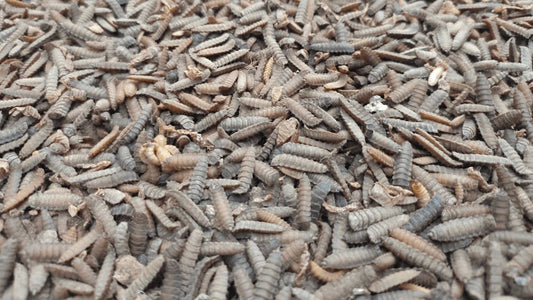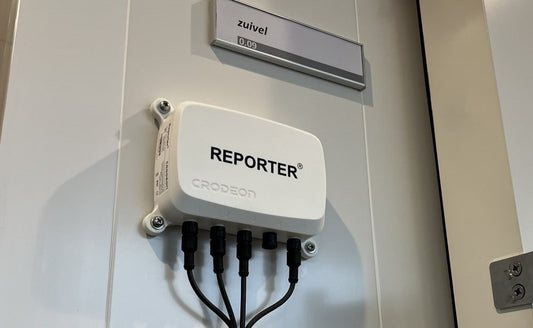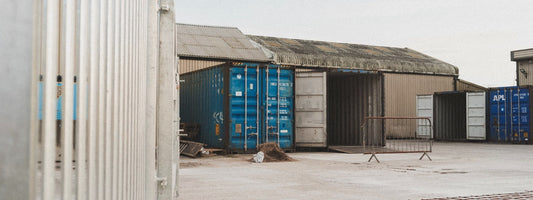PAR & plantes, est-ce le bon capteur de lumière pour vous ?
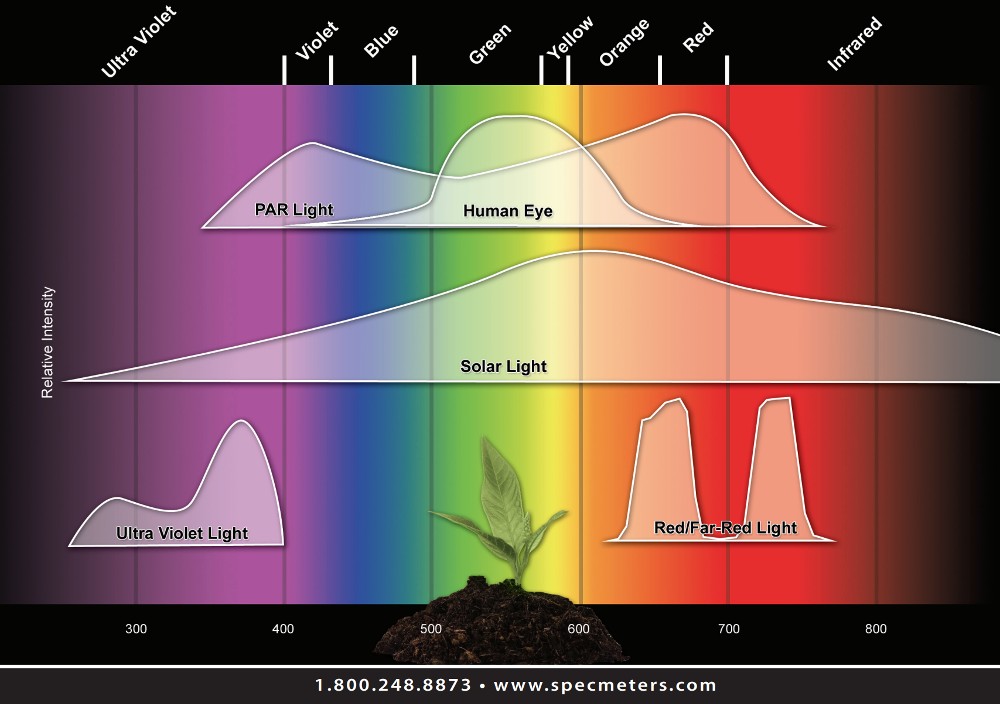
Vous avez donc besoin d'un capteur de lumière, mais vous ne savez pas lequel choisir. Il est important de se rappeler que le PAR et le lumen ne sont pas la même chose et ne peuvent pas être interchangeables. Si vous souhaitez en savoir plus sur les lumens et les lux, vous voudrez peut-être lire cet article de blog d'abord.
Les capteurs de lux ainsi que les capteurs PAR peuvent être utiles pour votre installation. Dans ce blog, nous approfondirons le sujet du PAR pour les plantes et le PPFD, vous aidant à choisir le capteur adapté.
Qu'est-ce qu'une mole ?
Tout d'abord, il faut se rappeler de nos cours de chimie, car le PAR et le PPFD sont exprimés en mole. 1 mol = 6,02214076×1023 entités élémentaires. Ces entités élémentaires sont entre autres des atomes, ions, photons et électrons. Lorsque l'on parle de mole dans le domaine de la lumière, on parle de photons.
Un micromole (μmol) est un millionième de mole.

Source : Spectrum Technologies
Qu'est-ce qu'un photon ?
La lumière est une radiation électromagnétique. Cette radiation peut être considérée comme une onde ou une particule. Lorsque la lumière se comporte comme une particule, elle est appelée photon. Lorsque la lumière agit comme des ondes, les longueurs d'onde entrent en jeu.
La longueur de l'onde modifie ses propriétés. Lorsqu'on parle des couleurs de la lumière, un photon bleu a une longueur d'onde plus courte qu'un photon rouge. Respectivement, les ondes des photons bleus et rouges mesurent 400-460 nm (lumière bleue) et 580-700 nm (lumière rouge).
Les plantes ont besoin de l'énergie transportée par les photons pour effectuer la photosynthèse. La chlorophylle ne fonctionne pas bien sous la lumière verte (460-580 nm), car ces ondes sont réfléchies par la chlorophylle plutôt qu'absorbées. Cela donne aux plantes leur couleur verte. Environ dix photons sont nécessaires pour fournir suffisamment d'énergie afin que la photosynthèse puisse produire une réaction (soit une molécule d'oxygène).
PAR et plantes
La lumière visible pour les humains, mesurée en lumens et lux, n'est pas si importante pour les plantes. Pour une bonne croissance des plantes, le spectre des couleurs de la lumière et la quantité de photons sont les plus importants.
Le PAR (Radiation Photosynthétiquement Active) est spécifiquement destiné aux plantes et est mesuré en micromoles par seconde par mètre carré.

Source image de gauche : Researchgate
Source image de droite : Daniele Pugliesi
Il est important de noter que le lumen est une unité de mesure basée sur le spectre lumineux que les humains peuvent percevoir, tandis que le PAR est ce que les plantes peuvent expérimenter. Comme le montre le graphique ci-dessus, le PAR est un spectre plus large que le lumen (et le lux). Les ondes lumineuses les plus précieuses pour les plantes coïncident avec la plage que les humains voient le moins, comme le montre l'image de gauche ci-dessus.
Les plantes poussent le mieux dans la plage de 400-700 nanomètres du spectre lumineux. Cela s'explique par le fait que la photosynthèse se produit de manière optimale dans cette plage. Le processus de photosynthèse fournit de l'énergie aux plantes. Ainsi, plus la valeur PAR est élevée, plus le nombre de photons est important, et plus le potentiel de croissance est grand.
Le graphique de droite montre les longueurs d'onde auxquelles la chlorophylle réagit le plus. La chlorophylle b est la plus active sous la lumière bleue, et la chlorophylle a sous la lumière rouge. La photosynthèse atteint son pic à 400-460 nm (lumière bleue) et 580-700 nm (lumière rouge). La lumière bleue aide principalement la plante à développer un système racinaire sain et une base solide. La lumière rouge favorise la production de fleurs et de fruits.
PPFD et PAR pour les plantes
Commençons par expliquer ce qu'est le PPFD. La Densité de Flux de Photons Photosynthétiques (PPFD) pour la lumière PAR est le nombre de photons dans la plage de spectre de 400 nm à 700 nm par seconde qui atterrissent sur une surface définie. Il s'agit d'une unité de mesure qui exprime la quantité de lumière déclenchant la photosynthèse qui atteint effectivement votre plante. Le PPFD est exprimé en micromoles par seconde par mètre carré (μmol/m²/s).
Le PPFD pour les semis et le PPFD pour la floraison varient énormément selon la variété de plante. En général, on peut dire que les semis ont besoin d'un PPFD plus faible que les plantes matures. Favoriser la floraison des plantes nécessite un PPFD encore plus élevé.
|
|
Photons émis par la source lumineuse |
Photons atteignant la surface |
|
Visible par les humains |
lumen |
lux (lumen par mètre carré) |
|
Utile pour les plantes |
PAR |
PPFD (micromole par seconde par mètre carré) |

Un capteur de lumière PAR par Spectrum Technologies, compatible avec Reporter.
Pourquoi votre ferme verticale ou installation a besoin d'un capteur PAR ou PPFD
Vous venez peut-être d'installer les panneaux LED les plus puissants que vous ayez trouvés pour éclairer votre ferme verticale. Mais comme vous venez de le lire, vos plantes veulent du PAR, pas des lumens. Un capteur ou un mesureur de PAR (et PPFD) lit le nombre réel de photons utiles par seconde émis par vos lampes. Placez ces mesureurs entre vos cultures et vous pourrez suivre de près si vos plantes reçoivent suffisamment d'énergie. Rappelez-vous : lumen pour les humains, PAR pour les plantes !
Il est important de surveiller à distance votre bâtiment, installation ou ferme 24h/24 et 7 j/7. Vous devez être averti en cas de défaillance de l'éclairage, entraînant votre ferme dans l'obscurité. De plus, vous devez pouvoir analyser si vos valeurs PAR sont réellement au bon niveau. Des semaines d'éclairage PAR insuffisant entraînent un retard de croissance de vos cultures. Une valeur trop élevée pourrait même brûler les plantes aimant l'ombre. Ne pas surveiller votre éclairage est tout simplement une occasion manquée.

Un système de capteur à distance, mobile et autonome vous permet de mesurer le PAR 24h/24 et 7j/7. Un tel module capteur est notre système plug & play Reporter. Le Reporter envoie ses relevés dans le cloud, vous donnant la possibilité de vérifier votre installation en temps réel. De plus, toutes les données sont enregistrées et peuvent être exportées vers Excel. Ces données disponibles vous permettent d'optimiser et d'analyser autant que nécessaire.
Vous cherchez à connecter vos capteurs existants à un système de surveillance à distance ? Ou bien cherchez-vous un autre capteur spécifique ? Veuillez nous contacter et nous examinerons les différentes options pour votre cas spécifique.
Sources
Avec un grand merci à Estede Scientific pour l'aide et les informations.


